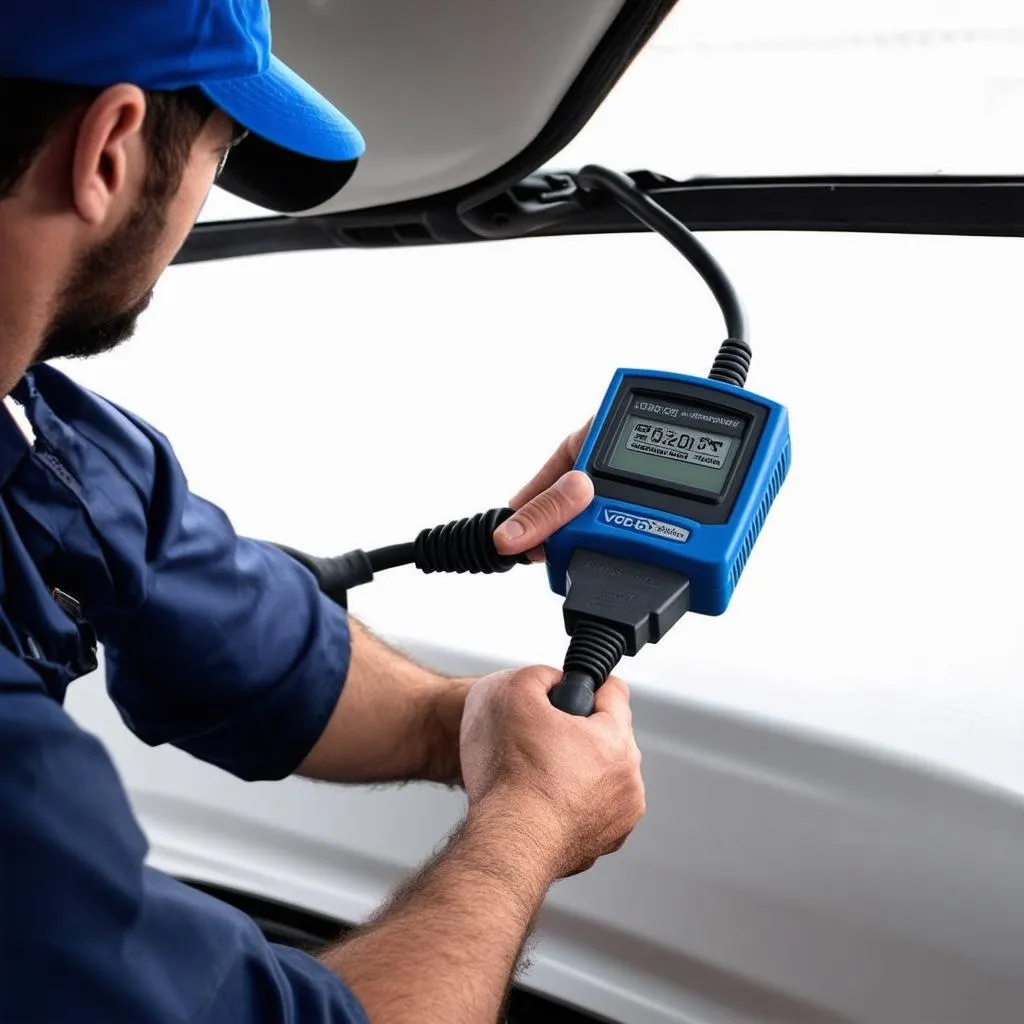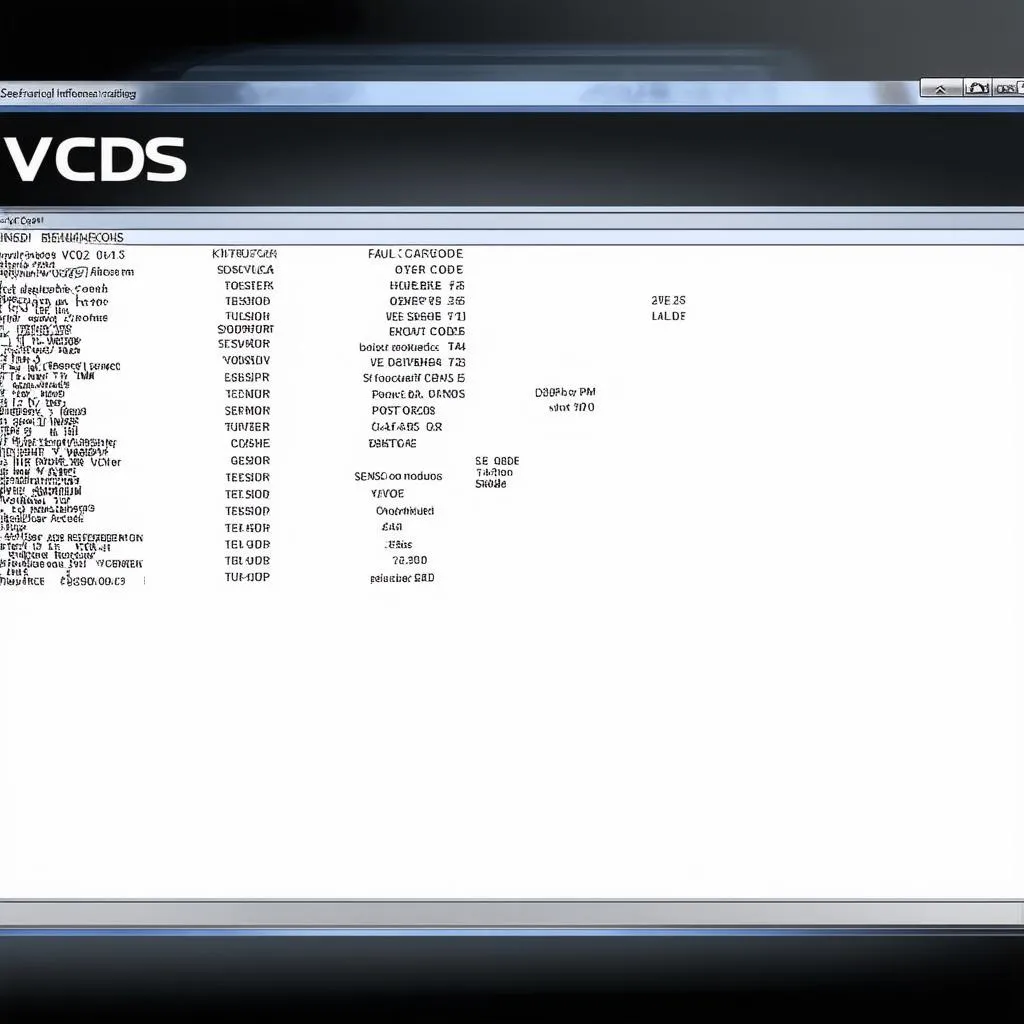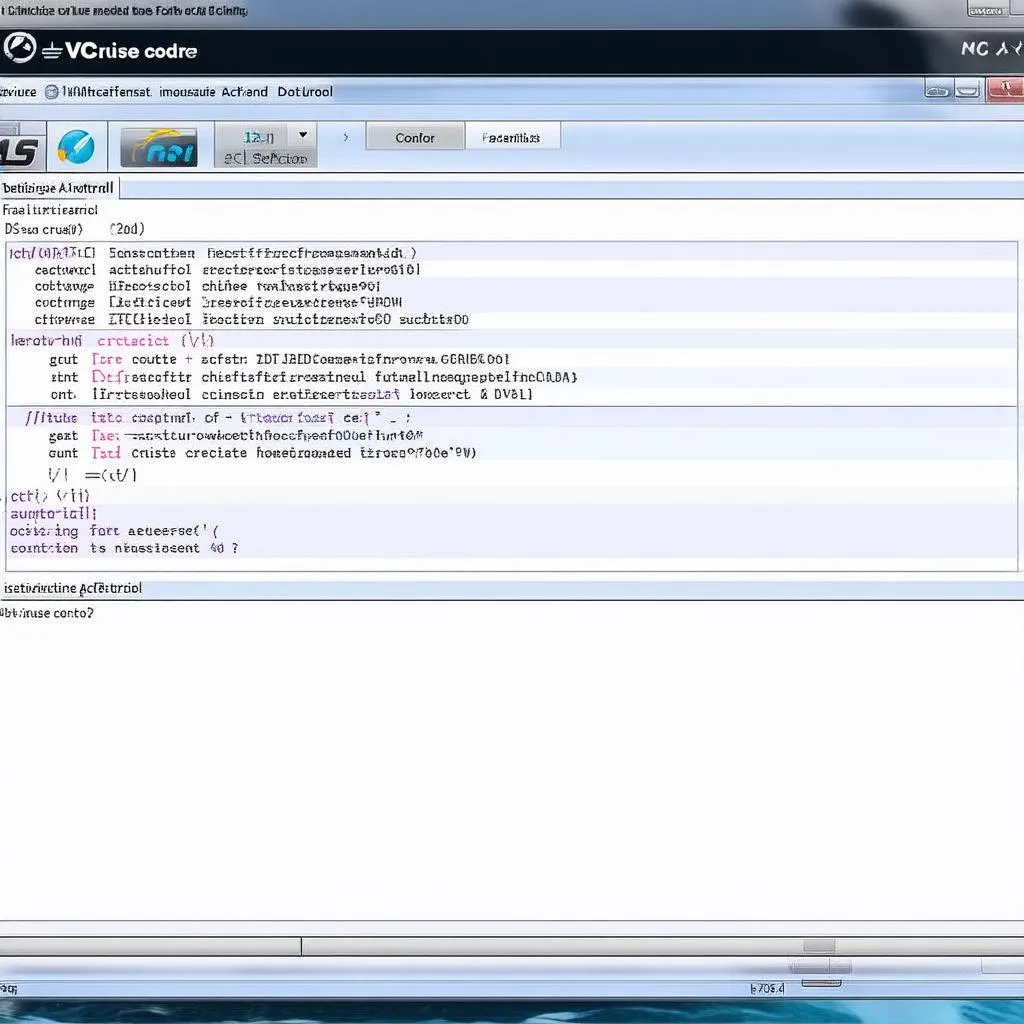Fuel injectors are critical components in your car’s engine, responsible for spraying a precise amount of fuel into the combustion chamber. A malfunctioning injector can lead to a range of performance issues, from rough idling to reduced fuel efficiency. If you suspect your fuel injectors are acting up, a VCDS (Vag-Com Diagnostic System) fuel injector test can be an invaluable tool for diagnosis.
What is a VCDS Fuel Injector Test?
VCDS is a powerful diagnostic software that interfaces with your car’s onboard computer, providing in-depth information about various systems, including the engine. The Vcds Fuel Injector Test utilizes this software to activate each fuel injector individually, allowing you to listen for telltale signs of problems, such as clicking noises or uneven operation.
How to Perform a VCDS Fuel Injector Test
Performing a VCDS fuel injector test is a straightforward process:
-
Connect your VCDS interface to your car’s OBD-II port. This port is usually located under the dashboard on the driver’s side.
-
Turn on the ignition but don’t start the engine.
-
Launch the VCDS software on your computer and establish a connection with your vehicle.
-
Navigate to the engine module and select “Output Tests”.
-
Select the fuel injector you want to test from the list.
-
Carefully listen to the injector while it is activated. A healthy injector should produce a distinct clicking sound.
-
Repeat the test for each fuel injector.
 VCDS Fuel Injector Test
VCDS Fuel Injector Test
Interpreting the Results
-
Consistent clicking from each injector: This is a positive sign, indicating that your injectors are likely functioning correctly.
-
Inconsistent clicking or no sound: This suggests a problem with the injector, such as a clogged nozzle or electrical fault.
-
Other unusual noises: Hissing or sputtering noises could point to a vacuum leak or other fuel system issues.
Benefits of Using VCDS for Fuel Injector Testing
-
Cost-effective: VCDS eliminates the need for expensive garage visits for basic diagnostics.
-
Precise: The software provides targeted access to individual injectors for accurate testing.
-
Early detection: Identifying issues early can prevent more serious engine problems down the line.
Limitations of VCDS Fuel Injector Testing
-
Not a definitive diagnosis: While helpful, a VCDS test might not always pinpoint the exact cause of the issue. Further inspection might be necessary.
-
Requires some technical knowledge: Familiarity with VCDS software and basic car mechanics is recommended for optimal use.
 Fuel Injector Diagram
Fuel Injector Diagram
FAQs about VCDS Fuel Injector Testing:
Q: Can I damage my car by performing a VCDS fuel injector test?
A: When performed correctly, the test itself is generally safe. However, it’s crucial to follow the instructions carefully and avoid tampering with other engine components while the test is running.
Q: My VCDS test shows a problem with an injector. What should I do?
A: It’s best to consult with a qualified mechanic or automotive electrician. They can conduct further diagnostics and recommend the appropriate course of action, which may involve cleaning, repairing, or replacing the faulty injector.
Conclusion
A VCDS fuel injector test is a valuable tool for any car enthusiast or DIY mechanic. By understanding how to perform and interpret the results of this test, you can gain valuable insights into the health of your engine and address potential fuel injector problems proactively. While VCDS offers a powerful suite of diagnostic features, seeking professional help is always recommended for complex issues or if you’re unsure about any aspect of the process. For top-quality automotive diagnostic tools and resources, consider exploring the offerings from reputable suppliers like CARDIAGTECH.


